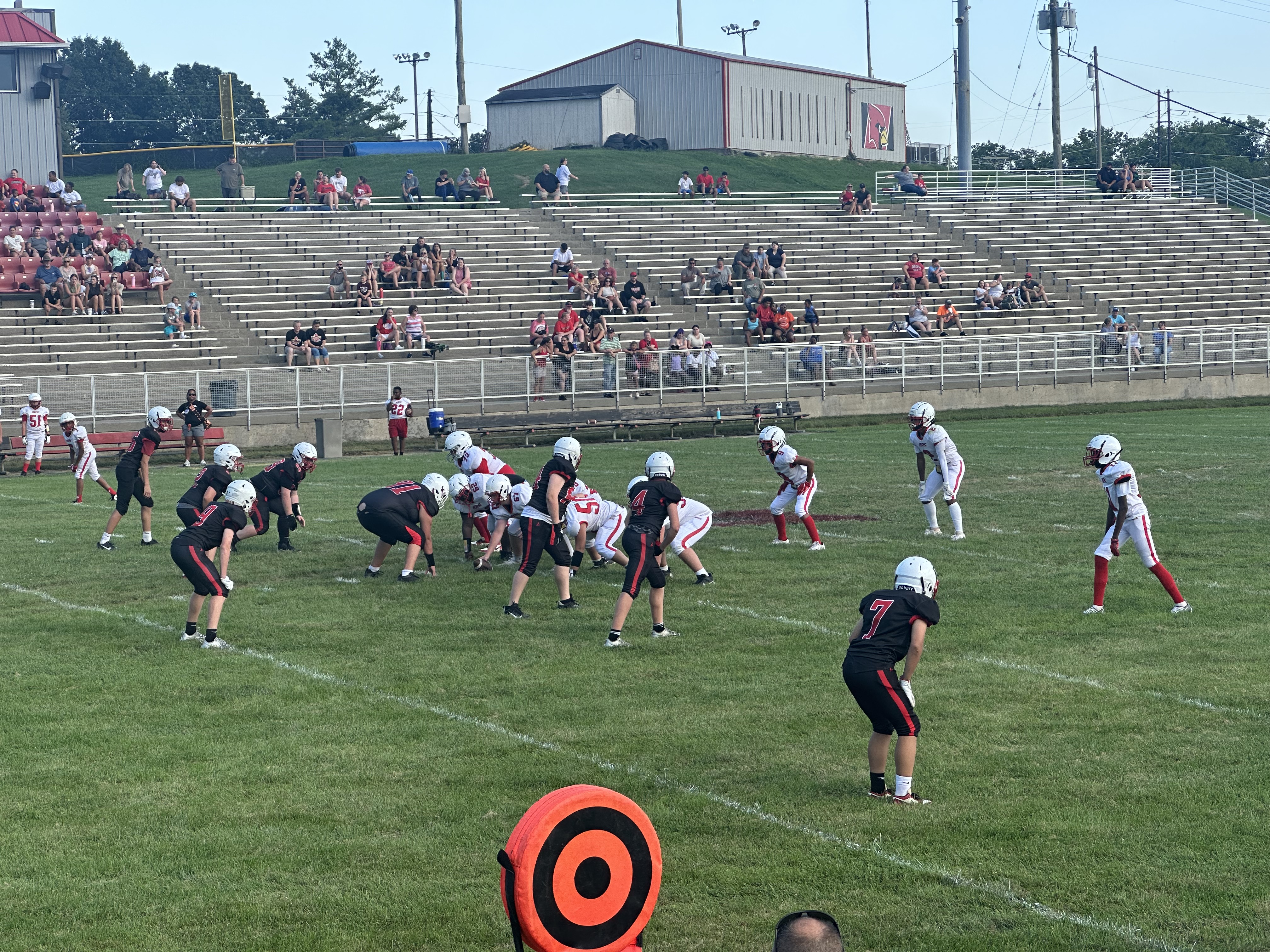OUR VIEW: Gov. Andy Beshear’s early interventions are working
Published 5:12 pm Thursday, March 26, 2020
|
Getting your Trinity Audio player ready...
|
Kentucky is making huge strides to “flatten the curve” compared to other states.
This is no more evident than in a recent graph produced by a University of Kentucky graduate showing the difference between the response to the coronavirus in Kentucky and neighboring Tennessee.
The response has been vastly different in the two states, and the evidence shows what Gov. Andy Beshear is doing is working in Kentucky.
Trending
The graph was created by Stephanie Jolly, who has a degree from UK in biology and nutrition, and a masters in food science from New York University.
According to the graph, Kentucky took some important measures earlier than Tennessee, which has paid off.
Kentucky declared a state of emergency March 6. Tennessee waited nearly a week longer, until March 12.
Beshear started encouraging social distancing and giving daily updates about the virus on March 7. By March 10, Beshear issued an executive order to allow pharmacies to refill prescriptions for 30 days, closed prison visitations and restricted long-term care facility visitations.
By the same date, Tennessee’s governor had openly stated there is no need to close schools or work places.
On March 11, Beshear closed Kentucky schools and advised that all community gatherings should be closed.
Trending
It took until March 13 for Tennessee to advise vulnerable populations to “limit participation in mass gatherings and increase hand-washing,” according to the graph.
Beshear ordered hospitals to prepare to cease elective procedures on March 14, and made COVID-19 testing free to all Kentuckians. He also forced home isolation for a patient who refused to self-quarantine.
It took until March 20 for Tennessee to close schools, the same date on which Kentucky closed in-person dining in bars and restaurants and waived the waiting period for unemployment.
Beshear has taken other actions since the graph was created, including mandating a stop on all elective procedures and ordering all non-essential businesses to close by the end of business Thursday.
The rate of infection remained relatively equal between the two states until March 16, when Tennessee began to see a quicker rise in cases.
As of March 22, the last date included on the graph, there was a vast difference in the rate of infection between the two states.
According to data from the Tennessee Department of Public Health, there have been 784 confirmed cases there as of March 26. There have been 198 confirmed cases in Kentucky as of the same date.
These numbers are evidence enough that Beshear’s actions are working in our state.
“I think that the one thing people should take away from this is that doing your part, staying at home, can potentially make a big difference,” Jolly told TV station WAVE 3. “What we’re seeing here is staying at home, avoiding public contact and minimizing your exposure and exposing yourself to your neighbors can make a difference.”
Residents in other states have been applauding Beshear’s actions.
While this is certainly a difficult time for our state, we have something to be proud of. We are flattening the curve thanks to strong leadership from our governor.
Politics aside, we are thankful for Beshear’s early interventions. It clearly has made a difference and is saving lives in Kentucky.
For information about Kentucky’s COVID-19 response, visit kycovid19.ky.gov.
With evidence like this, it’s hard to understand why some would not want to heed the governor’s advice.
We encourage you to take action to protect yourself, your loved ones and your community.
Here are some basic steps anyone can take to prevent the spread of the virus:
— Practice social distancing. Do not participate in large group gatherings. Try to maintain at least a six-foot distance from others.
— Clean your hands often. When possible, wash your hands frequently for at least 20 seconds with soap and water. If you cannot wash your hands with soap and water, use a hand sanitizer than contains at least 60 percent alcohol.
— Stay home if you’re sick.
— Cover your coughs and sneezes.
— Wear a facemark if you are sick.
— Clean and disinfect surfaces at home. It is also critical for businesses that remain open to disinfect frequently-touched surfaces frequently. When shopping, clean you cart before and after you use it, and then sanitize your hands.
There are many other preventative steps and advice from the Centers for Disease Control and Prevention at CDC.gov.
Editorials represent the opinion of the newspaper’s editorial board. The board comprises publisher Michael Caldwell and Bluegrass Newsmedia editors Whitney Leggett and Ben Kleppinger. To inquire about a meeting with the board, contact Caldwell at 759-0095.






